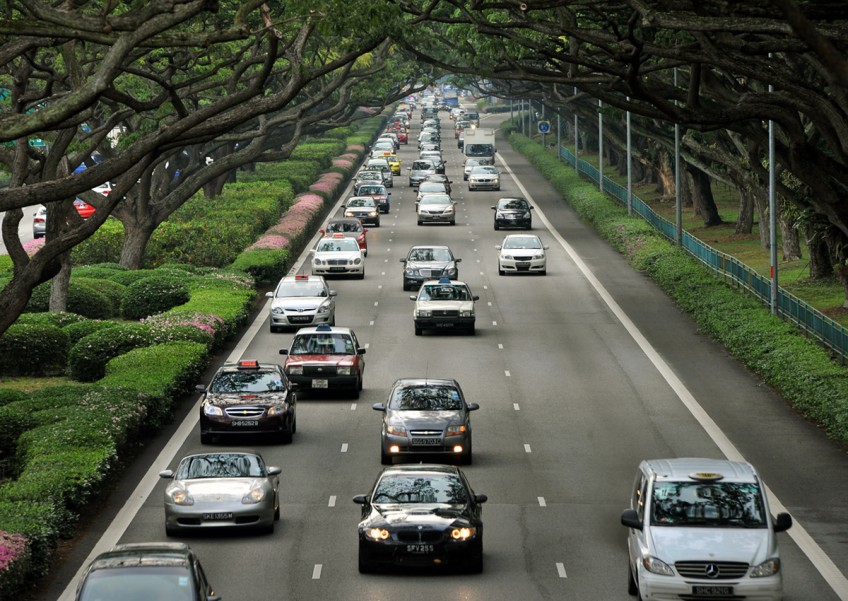Tough to break bond between man and car


I share Professor Kishore Mahbubani's hope that Singapore could one day become a car-less country ("The road to a car-less Singapore"; Dec 12).
It is true that a car-less society would stand to benefit from land freed up for other purposes and, perhaps, lower atmospheric pollution.
However, I believe the process of eliminating personal vehicles will be a long and arduous one.
Crucially, Prof Mahbubani underestimates the depth of car culture. The idolisation of the motor vehicle is not necessarily an imitation of the "American dream".
There exist many reasons for people to distinguish a car from a tool or a mere beacon of conspicuous consumption. A fair number of people derive joy from the simple act of driving.
There is also the widespread view that the car itself is symbolic of individualism and independence, the freedom to decide one's own route and destination.
To enthusiasts, an automobile could be considered the ultimate expression of industrial design, a marvel of mechanical and electronic engineering, or a canvas for individual expression via custom liveries and modifications. Indeed, some owners have been known to develop emotional attachments to their vehicles over time, regardless of price tag or brand prestige.
Since the obsession over cars arguably transcends materialism, it makes it far more difficult to clamp down on personal ownership of vehicles.
That the automobile already carries so much social currency as one of the idealised " five Cs" only complicates matters.
The end result is a tremendous amount of social resistance to a completely car-less system.
Nevertheless, this does not preclude steps towards enhancing public transportation, to at least keep the car population to a reasonable level.
The idea of a Public Transport Board to consolidate intermodal operations is a solid proposal.
Moreover, shared automated vehicles that proceed to any destination on demand will go some way towards mitigating the relative inflexibility of rail or bus systems.
Perhaps we should strive for a "middle ground" in both the literal and figurative sense - roadways shared between buses, driverless vehicles, light-rail trams and a reduced number of private cars.
This would provide Singaporeans with multiple options to get around, depending on their personal needs and preferences, and contribute towards a vibrant, desirable cityscape.
Paul Chan Poh Hoi

This article was first published on December 21, 2015.
Get a copy of The Straits Times or go to straitstimes.com for more stories.